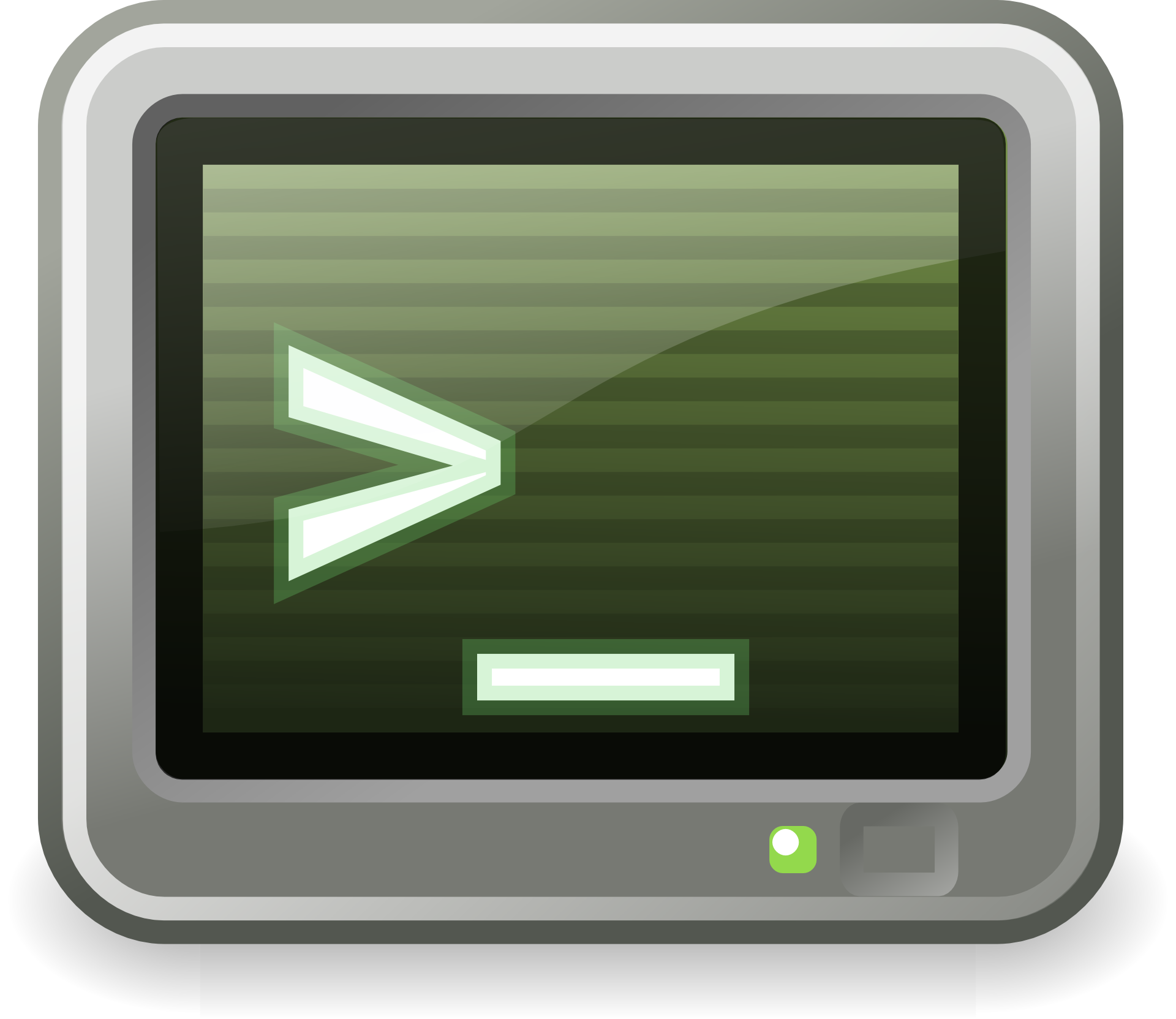If you’re a fan of Mac then you may or may not know that Apple was founded on April Fool’s Day in 1976. In order to raise capital, Steve Jobs had sold his Volkswagen van. Steve Wozniak sold his Hewlett-Packard scientific calculator to help raise the capital necessary. Today, a Mac is very different from the invention of the first computer, and you have different terminal commands to use with ease. Read on to explore all about the different terminal commands that you can use to delete duplicate files on the Mac.
What Is a Terminal Command?
This is an application that gives you a command-line interface. It allows you to interact with the operating system’s shell. You’ll be able to access the different services available with it.
On the Mac OS, it’s the default login shell. You can copy and move files, navigate system directories, log in to other systems, and perform different actions on your Mac.
- Find Duplicate Files
In order to sort out your files, you can use the tool called Finder. This helps you to remove photos, videos, music, and documents.
It also allows you to remove junk duplicate files as well. First, open up Finder and then go to the Apple Menu-File- and then the new smart folder. From here, you’ll want to click the plus button on the right side of the window. You can perform custom searches with this option.
- Using Mac Terminal Commands
On the Mac OS, you can first open the terminal. It’s often in the Utility folder.
Next, head to the folder that you want to scan with the cd command. You’ll need to have knowledge of code to go further with this step and paste the code necessary to create a text file.
Understanding Basic Terminal Commands
First, you have the terminal command, man. This is where the user manual of the command is located. You can receive more information about a command including its usage, description, variations, and options.
Sudo is a powerful option as far as terminal commands. It gives you the ability to perform an action on the Mac OS. When you want to execute a command, you’ll use sudo.
The history terminal command is there when you want to search for all of the commands you’ve used in the past. If you enable or disable a service and don’t remember its name, you can look it up through this.
Directory management allows you to create folders or directories as well as deleting them. You can also perform different file operations as well.
Understanding All About Terminal Commands
After exploring this guide, you should have a better idea of terminal commands, and how you can use them to delete files. Take your time exploring the different commands and become comfortable with them.
Would you like to read more informative content? Check out our other articles on our site today for more educational topics.
Read More – How SEO Can Help You to Generate Business?











